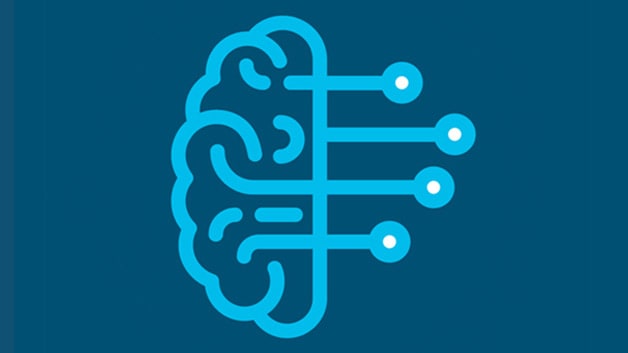Digital Insights
Your go-to source for the latest in technology and gadget reviews.
Machine Learning: Journey into the Algorithmic Jungle
Explore the wild world of Machine Learning! Uncover secrets of algorithms and embark on an exhilarating journey to data-driven insights.
Understanding the Basics: What is Machine Learning?
Machine Learning is a fascinating subset of artificial intelligence (AI) that enables systems to learn from data, identify patterns, and make decisions with minimal human intervention. In essence, it allows computers to perform tasks without being explicitly programmed for every specific task. The foundational concept revolves around algorithms that improve automatically through experience, which means as more data is fed into these systems, their performance becomes increasingly accurate. This capability has made machine learning essential in various applications, ranging from recommendation systems like those used by streaming services to advanced medical diagnostics.
Understanding the basics of machine learning involves recognizing its core types: supervised learning, unsupervised learning, and reinforcement learning.
- Supervised learning uses labeled datasets to teach the model to make predictions or classifications.
- Unsupervised learning, on the other hand, deals with unlabeled data and focuses on discovering hidden patterns or groupings within the data.
- Finally, reinforcement learning involves training models to make a sequence of decisions by rewarding desired behaviors and minimizing penalties for undesired ones.

Navigating Supervised vs. Unsupervised Learning: Key Differences Explained
Supervised learning and unsupervised learning are two fundamental approaches in the field of machine learning, each serving distinct purposes. In supervised learning, models are trained using labeled data, meaning that each training example is paired with an output label. This allows the algorithm to learn the relationship between the input data and the known outcomes. Common applications include regression and classification tasks, where the goal is to predict a specific output. Examples of supervised learning algorithms include linear regression, decision trees, and support vector machines.
On the other hand, unsupervised learning deals with data that is not labeled or categorized, requiring the algorithm to identify patterns and structures within the data autonomously. This approach is particularly useful for clustering, association, and dimensionality reduction tasks. For instance, clustering algorithms like K-means and hierarchical clustering can uncover natural groupings in the data, while techniques such as principal component analysis (PCA) help in reducing the dimensionality of large datasets. Understanding the key differences between these two learning paradigms is essential for selecting the appropriate method based on the nature of the data and the problem at hand.
Practical Applications of Machine Learning: How Algorithms Impact Our Daily Lives
Machine learning has become an integral part of our daily lives, often operating in the background to enhance our experiences. From personalized recommendations on streaming platforms like Netflix to intelligent voice assistants such as Siri and Alexa, these algorithms analyze vast amounts of data to tailor suggestions based on our preferences. Similarly, in the realm of e-commerce, machine learning algorithms assess browsing habits and previous purchases, providing tailored product recommendations that significantly improve the shopping experience for consumers.
Moreover, the impact of machine learning extends to crucial functionalities such as financial transactions and online security. Banks and financial institutions employ machine learning algorithms to detect fraudulent transactions by identifying unusual patterns in spending behavior. Additionally, services like spam filters and recommendation systems for news articles rely heavily on machine learning, ensuring we receive information that is both relevant and valuable. As machine learning continues to evolve, its applications will undoubtedly shape and streamline various aspects of our daily routines.